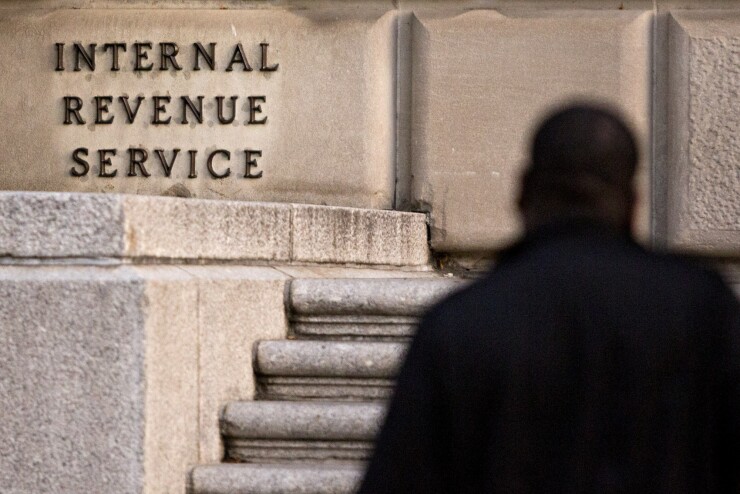IRS knowledge-sharing program needs more work

The Internal Revenue Service’s Knowledge Management Program for disseminating employee advice and information has been difficult to use, and the employees who are supposed to be subject matter experts don’t always have the necessary experience, according to a new report.
The report, released Monday by the Treasury Inspector General for Tax Administration, comes at a time when waves of baby boomer IRS employees are retiring and the IRS hopes to use the extra funding it received under last year’s Inflation Reduction Act to hire new employees to succeed them. The strategy depends on passing along the institutional knowledge built up by IRS employees who have worked at the agency for decades. However, the knowledge management system seems to be falling short of expectations.
The IRS originally set up the system in fiscal year 2017 as a way for experienced employees to share their knowledge and experience with newer employees. In its business plan for the program, the IRS acknowledged that the loss of knowledge and expertise from retiring IRS employees is one of the top risks facing the agency. The IRS estimates that 63% of its current workforce will resign or be eligible to retire by fiscal year 2028. The Inflation Reduction Act increased funding for the IRS by another $80 billion over 10 years, with nearly $46 billion of that amount devoted to enforcement, which means hiring more tax examiners, tax compliance officers, special agents, revenue agents and revenue officers to replace the departing employees.

Andrew Harrer/Bloomberg
For its report, TIGTA surveyed approximately 6,300 IRS employees to judge the effectiveness of the enterprise-wide Knowledge Management program. “Some of those surveyed expressed concerns about locating pertinent information on the Virtual Library website,” said the report. “Also, some of the employees who located the site found the information hard to use and lacking in relevant information. Additionally, employees designated as subject matter experts were sometimes unhelpful due to their limited experience level.”
Other findings in the report showed that not all business units at the IRS use customer satisfaction surveys to identify improvements to Knowledge Management programs. Performance measures for the program are incomplete because they focus exclusively on high-level activity measures, such as the number of employees viewing the Virtual Library and the amount of content developed.
“Measures that would make the Knowledge Management program more effective include tracking subject matter expert response time and the number of accesses that result in the resolution of users’ questions,” the report suggested.
TIGTA also recommended the IRS monitor employee costs better, pointing out that the IRS’s Tax Exempt/Government Entities (TE/GE) Division accounted for 65% of the $52 million in employee costs from fiscal years 2017 to 2021, even though the TE/GE Division had the fewest number of employees compared to the other business units with knowledge management and a relatively limited amount of knowledge management content. However, the reviewed business units weren’t consistent when capturing their employee costs pertaining to knowledge management.
In the report, TIGTA made seven recommendations to improve operation, establish performance measures and ensure accountability of the IRS Knowledge Management program. The IRS agreed with all seven recommendations and plans to take action to correct the problems.
“IRS is committed to continue taking steps to strengthen the KM Program, and better capture, share and apply employee knowledge across multiple channels, including Virtual Libraries, formal instruction, workshops and subject matter experts that work directly answering technical questions on casework,” wrote IRS acting human capital officer David Allen in a statement. “In addition, the IRS takes seriously its fiduciary responsibilities to taxpayers and the need to regularly and comprehensively assess program costs.”


